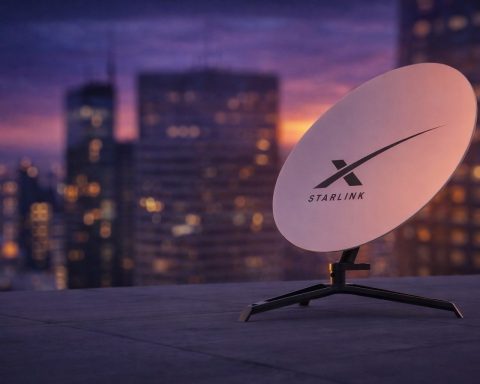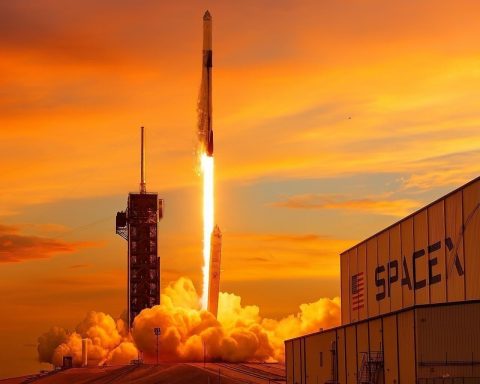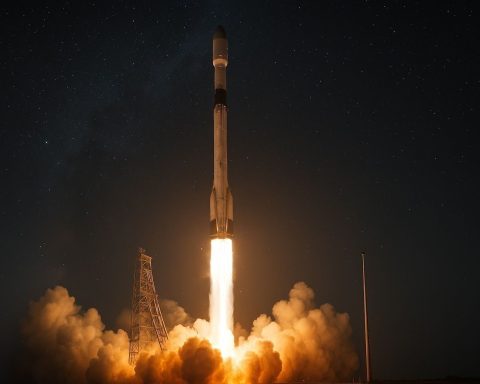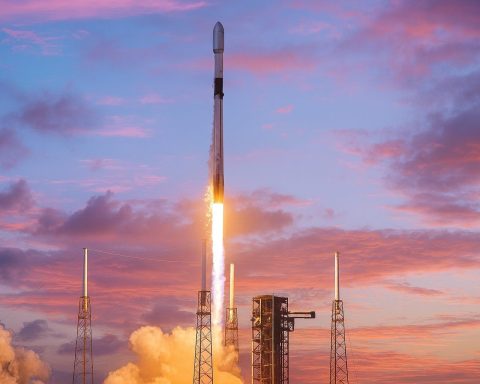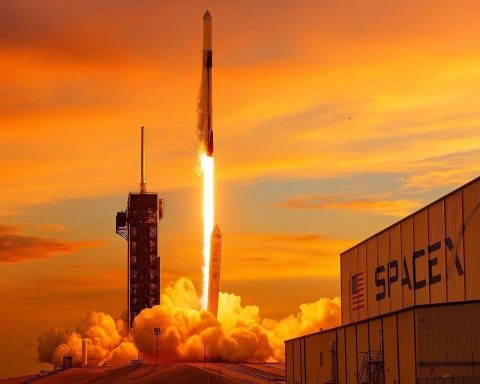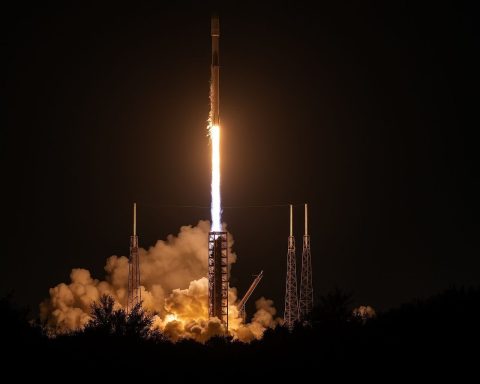
Elon Musk News Today (Dec. 18, 2025): Starlink Satellite Mishap, Tesla Autopilot Scrutiny, and SpaceX IPO Forecasts
Dec. 18, 2025 — Elon Musk’s business universe rarely moves in a straight line. Today’s headlines capture that volatility in real time: SpaceX’s Starlink reported a rare on-orbit anomaly that produced debris, U.S. lawmakers urged regulators to scrutinize a spectrum deal
